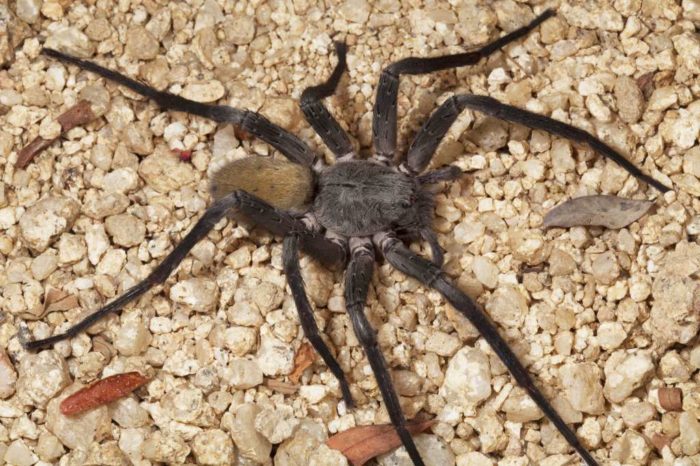Researchers at the San Diego Natural History museum recently discovered a new species and genus of spider called Califorctenus cacahilensis.
The entomologists captured the whopping spider the size of a baseball – a beast that would send most people running – in the hills of Baja California, Mexico.

With juicy fangs, a hairy yellow abdomen and legs for miles, the arachnid was certainly a looker, but none of the scientists could classify it.

Back in their lab at the San Diego Natural History Museum, the researchers had a eureka moment: The scientists confirmed that they had discovered a new species and genus.

They named it Califorctenus cacahilensis, after the Sierra Cacahilas mountain ranges where it was first found.

Discovering a species in entomology and arachnology is not terribly unusual. There might be another 2-2.5 million species of undiscovered insects and spiders.

Finding such a large spider in a place once roamed by humans, however, is a scientific triumph of sorts.

Generally when dealing with spiders the size of saucers the natural follow-up question is: But are they venomous?
The giant spider is indeed venomous, but it generally only flexes its fangs for digesting food. Most spiders are skittish, and their first line of defense is flight not fight.











